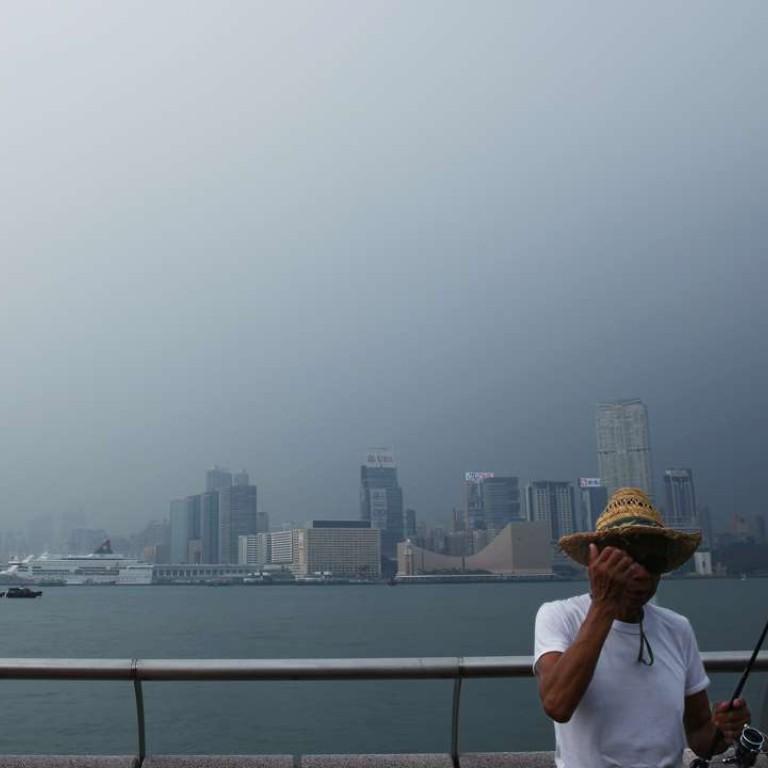
The government must redouble efforts to solve pollution problems
Now that it has been shown that not all our dirty air comes from north of the border, it’s time to take action against dirty vehicles and other sources of pollution
Hong Kong officials have never accepted full ownership of the polluted air we breathe. They point out, rightly enough, that they cannot control emissions in the mainland, or the winds that blow them down to Hong Kong. As a result, they often blame smoggy days on regional pollution and weather. Evidence that the city is more than capable of rapidly polluting itself with particulate matter, in conditions that make it unlikely the mainland shares the blame, has been a long time coming. It is a reminder that we cannot relax local efforts to improve our air quality.
A recent study by Hong Kong and Macau air scientists showed that a rapid build-up of particulate matter is possible even without northerly winds that can transport pollutants from afar.
One day, for example, when a “land-sea breeze” pattern formed along with weak winds far below average speeds, scientists observed a rapid rise of photochemical activity in which ozone and nitrogen dioxide skyrocketed along with increasing sunshine. “There was a rapid increase in particulate matter concentration . . . It’s not easy to argue in this case that winds were blowing particulate matter to Hong Kong from the region ,” said co-author Professor Chan Chak-keung, dean of City University’s school of energy and environment. The culpritwas most likely local emissions from vehicles or industry, which contain nitrogen oxides and volatile organic compounds.
Other episodes with high local photochemical activity also came under the influence of air from the north, making it less clear what was actually local. The paper was published in scientific journal Atmospheric Chemistry and Physics in November.
Hong Kong has made progress in reducing total air pollution, but marine and roadside fine-particle smog remain potent contributors. Since the switch to cleaner fuel for berthing last year, the government says sulphur concentrations in Kwai Chung, Tsuen Wan and Sham Shui Po are up to 50 per cent lower. The benefits of reducing marine pollution show the environmental health potential of combatting roadside air pollution by upgrading heavy-polluting local truck and bus fleets. That should inspire the government to redouble its efforts.

